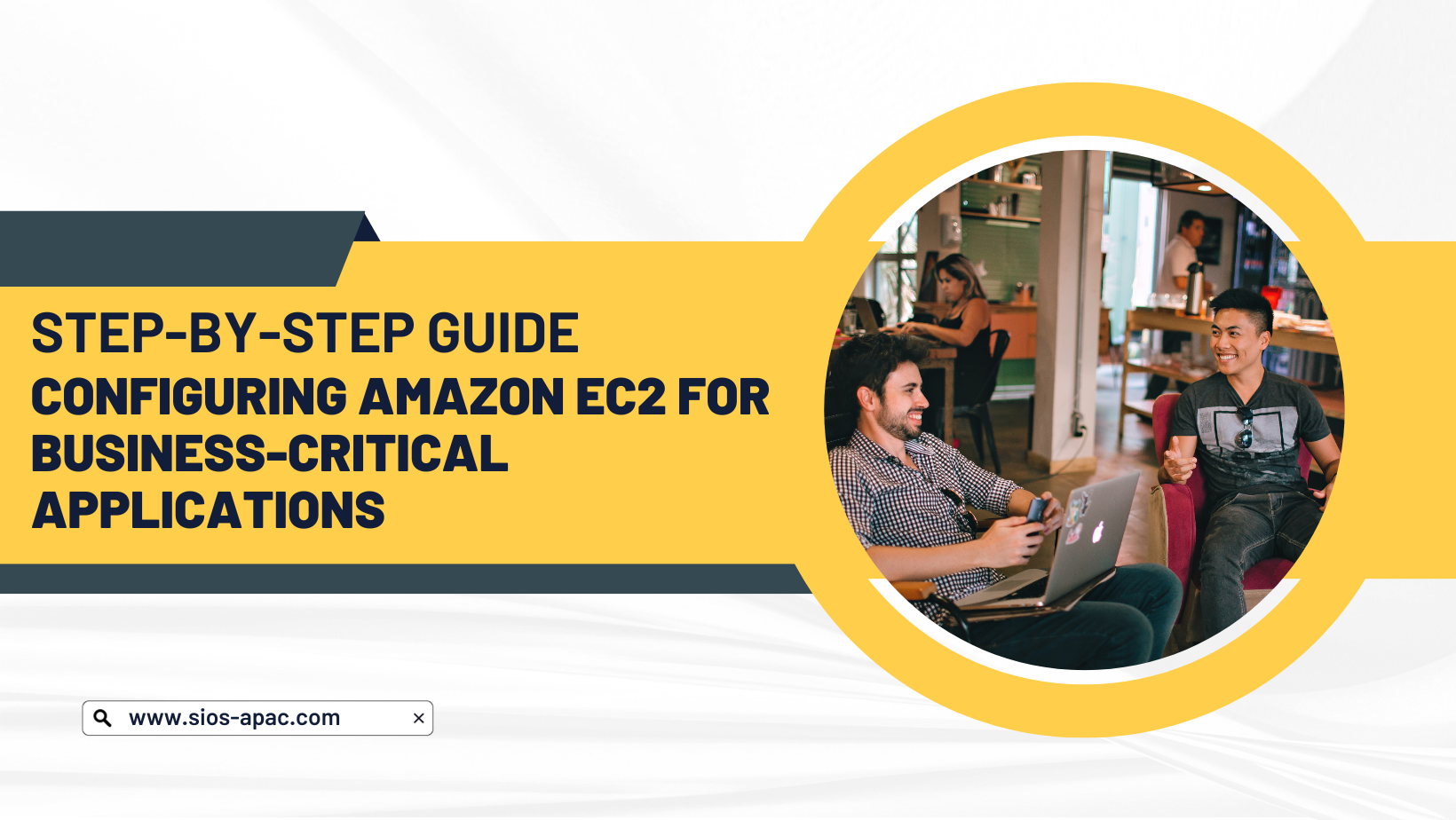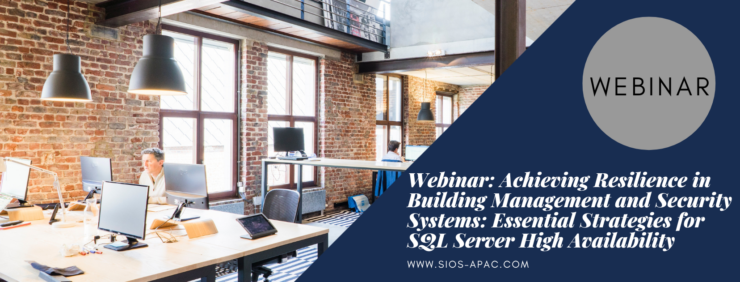A Step-by-Step Guide to Configuring Amazon EC2 for Business-Critical Applications
As businesses increasingly transition to the cloud, there’s a significant challenge we’ve identified: achieving the gold standard 99.99% availability. SIOS has unveiled its latest offering to help organizations navigate this complex landscape – the eBook Step-by-Step: Configuring Amazon EC2 for Business-Critical Applications. Written by Dave Bermingham, a seasoned expert with over three decades of IT experience, this eBook is poised to be an invaluable resource for IT professionals and enterprises alike.
The Author’s Expertise in IT and the Cloud
Dave Bermingham, the Director of Customer Success at SIOS, is no stranger to the technology community. With a remarkable track record of 12 years as a Microsoft MVP and a rich background in finance, healthcare, and education, Dave brings a wealth of knowledge to the table. His expertise is highly regarded, and his technical certifications attest to his deep understanding of the field.
Exploring the eBook: AWS, Availability Zones, and More
Step-by-Step: Configuring Amazon EC2 for Business-Critical Applications delves into the critical aspects of configuring Amazon Web Services (AWS) EC2 infrastructure ensuring your business-critical applications, especially those clustered with Windows Server Failover Clustering (WSFC) run seamlessly. The eBook addresses a fundamental aspect of AWS – the availability of applications running inside the AWS instances in different availability zones (AZs).
AWS guarantees external connectivity for at least one of the instances in multiple AZs, but this only ensures the availability of the instance itself. It doesn’t guarantee the availability of the application or service running inside the instance; that’s where our eBook comes in. To bridge this gap, users must take additional steps to monitor the application and ensure recovery in case of failure. Moreover, for transactional replications like SQL Server and other relational database management systems (RDMS), users have to ensure the data is replicated and available across each AZ. Achieving this entails a combination of load balancing, clustering, and/or data replication depending on the application.
What to Expect
Within the eBook, Dave Bermingham provides comprehensive insights into the necessary preparations for EC2 infrastructure that supports business-critical applications with WSFC clustering. He untangles the complexities of the AWS Service Level Agreement (SLA), emphasizing that instances must be deployed across multiple AZs to qualify for the 99.99% availability. Readers will gain a deep understanding of how to design EC2 infrastructure to support cross-AZ failover clustering, ensuring uninterrupted service for their business-critical applications.
Access the eBook
Step-by-Step: Configuring Amazon EC2 for Business-Critical Applications is a must-read for IT professionals and organizations seeking to enhance their application high availability and disaster recovery strategies in the dynamic landscape of cloud computing. Dave Bermingham’s expertise, distilled into this eBook, promises to guide you through the complexities of AWS EC2 configuration for business-critical applications. Download the eBook today!
Learn More About SIOS High Availability in AWS
- Purchase SIOS DataKeeper through the AWS Marketplace
- View the Quick Start for SIOS Protection Suite for Linux on AWS
- See how SIOS customers, Gulliver and Epicure, use SIOS high Availability clustering software in AWS
Reproduce with permission from SIOS




